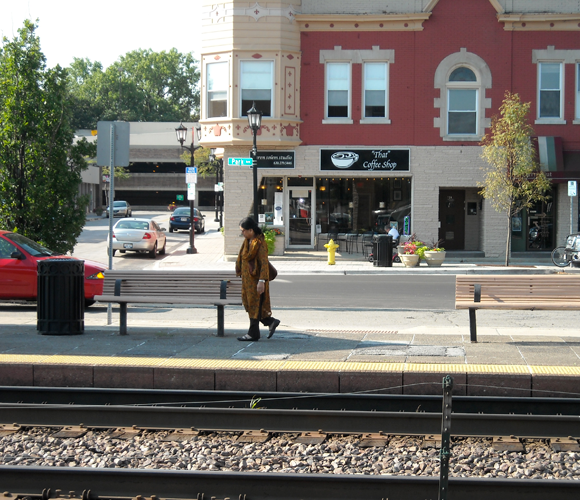This piece originally appeared on Mobilizing the Region.
Think living in Manhattan is expensive? Try living in the suburbs.
While this may fly in the face of conventional wisdom, a new analysis by the Center for Neighborhood Technology finds that Manhattan residents spend a lower percentage of their income on housing and transportation than their counterparts in car-dependent suburbs like Westchester County, N.Y., Litchfield County, Conn. or Warren County, N.J.
CNT’s recently-released Housing + Transportation Affordability Index found that a typical household in Manhattan spends 35.71 percent of its income on housing and transportation costs, while typical households in Westchester, Litchfield and Warren counties spend 58.98 percent, 48.65 percent and 59.57 percent, respectively.
These tri-state neighborhoods match the national trend that emerged in the H+T study: While housing and transportation costs are increasing across the nation, neighborhoods that are “location efficient”—those with good access to transit, jobs and amenities—have lower transportation costs. The index finds, for a typical family living in a location efficient neighborhood in 2000, that transportation costs (a combination of car maintenance, car ownership and public transportation spending) increased by $1,400 per year. A similar family living in a car-dependent neighborhood saw their transportation costs increase by $3,900 per year. In short, the index finds that location efficient neighborhoods correlate with reduced transportation and housing costs.
Luckily for residents in Connecticut, New Jersey and downstate New York, some local municipalities are beginning to take notice of the link between housing and transportation. Transit-oriented development projects are becoming more and more prevalent throughout the region, and are creating the potential for more affordable living.
















